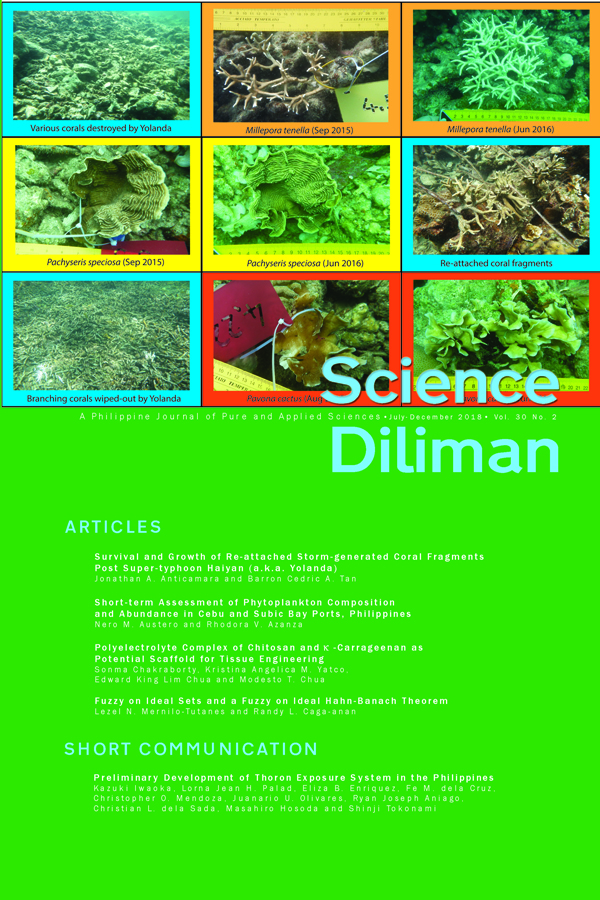Preliminary Development of Thoron Exposure System in the Philippines
Abstract
The influence of 220Rn (thoron) which is a gaseous radioisotope like 222Rn (radon) has been the focus of attention of recent studies concerning the protection of the general public from natural radiation. Hence, it is necessary to investigate the possibility of exposure to thoron in the Philippines. Passive detectors, which do not need external power, are often used for measurements for thoron concentration in the environment. However, it is necessary to check if the passive detectors can appropriately work by being exposed to thoron at several thoron concentrations before conducting the investigation. In this study, a thoron exposure system was developed in the Philippines to validate the passive detectors for thoron measurement and to test its performance. The thoron exposure system in this study can control the thoron concentration at the range of 5.9 x 104 to 1.5 x 105 Bq m-3. The thoron exposure system will be utilized to validate the passive detectors for the investigation of thoron exposure in the Philippines in the future.
Keywords: Thoron, radiation measurement, quality assurance, natural radionuclides



